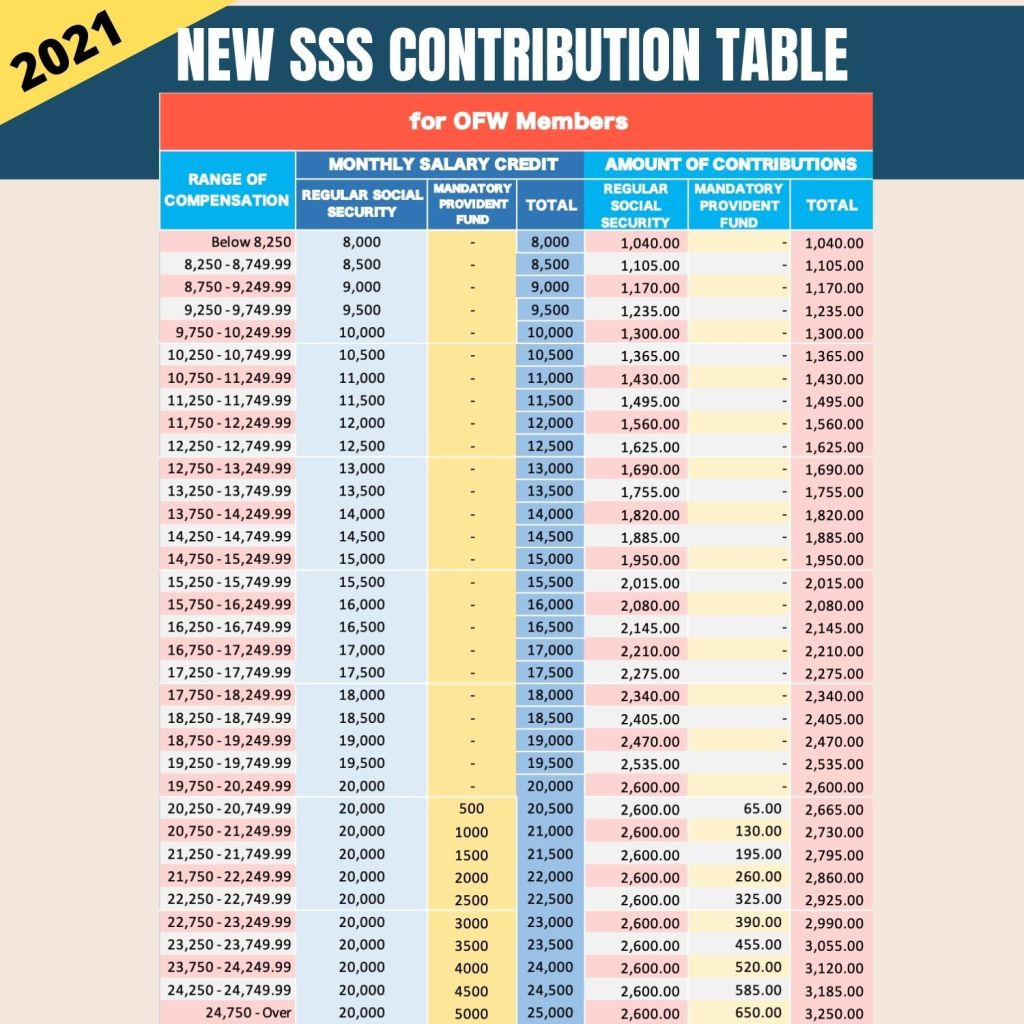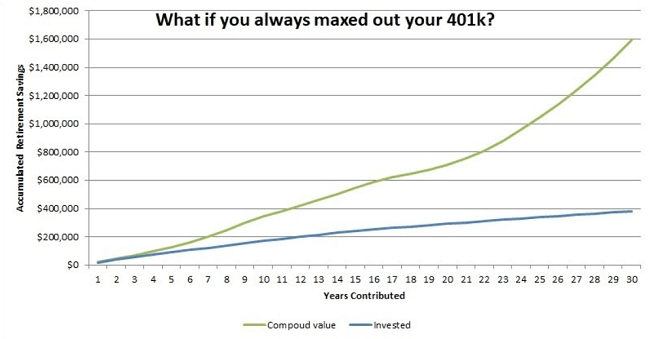

Some employees share profits with employees via 401(k) contributions.An employer match doesn’t count toward your $19,500 or $26,000 contribution limit.Here are a few other things you should know about a 401(k) employer match: The only downside is that you can’t take money out of your 401(k) until you’re 59½ - unless you want to pay a 10% early withdrawal penalty to the IRS.
#Max 401 contribution 2021 free#
It’s essentially free money that you can get only if you contribute to your 401(k). The money your employer puts into your account doesn’t come out of your salary.

Some employers allow you to make post-tax, non-Roth contributions.Fidelity Investments said that in 2019, the average employee contributed 8.8% of their pay to their 401(k), up nearly 1% from a decade earlier.SIMPLE and SEP plans feature their own contribution limits. The 401(k) contribution limits for 2021 apply to 403(b) plans, most 457 plans and Thrift Savings Plans.If you make less than $19,500 this year, the most you can contribute to your 401(k) plan is 100% of your salary.So if you reach your contribution limit, your employer may stop contributing (or “matching”) for the remainder of 2021. Hitting your maximum contribution prior to the end of the calendar year can mean losing out on the company match, which tends to be tied to per-paycheck deferrals.If your 401(k) contribution limit for 2021 from the chart above is $19,500, you can’t contribute more than that by splitting your contributions between 401(k) plans at multiple companies or between a Roth and a traditional 401(k). Contribution limits are cumulative across all plans.Things To Know About the 401(k) Contribution Limits The limits increase over time to keep pace with inflation.Īlso, according to the IRS, you or your employer can contribute to the previous year’s 401(k) through Tax Day the following year. Keep in mind that the IRS usually updates these limits in October or November each year.

You’re also eligible to stock your 401(k) with an additional $6,500 in catch-up contributions if you turn 50 sometime in 2021. If you’re younger than 50 years old, your maximum deductible employee contribution to your 401(k) plan is $19,500 in 2021. *Or 100% of your annual compensation if that’s a lower number. Maximum employee contributions (under age 50)Įmployee catch-up contributions (age 50+)Ĭontribution limit, all sources (under age 50)Ĭontribution limit, all sources (age 50+) What Are the Max 401(k) Contribution Limits for 2021? Defined Contribution Plan Limits

401(k) Contribution Limits for Highly Paid Employees.IRA Contribution Limits: Are They Related? Contributions in Excess of the IRS Limits.401(k) Contribution Limits: Employer Match.What Are the Max 401(k) Contribution Limits for 2021?.In this article, I’ll explain the 401(k) contribution limits for 2021, whether you’re contributing to a Roth or a traditional 401(k). Contact Us.A workplace 401(k) plan can help you save a substantial amount of money for your retirement. Have questions about how these changes could affect your plan for retirement? Our experts are here to help. Traditional IRA and Roth IRA Contributions Roth 401(k), and 403(b) Catch-Up Contributionsģ% Safe Harbor Non-Elective Contribution MaximumĤ% Safe Harbor Match Contribution MaximumĪnnual Contribution Limit, Including Catch-Up Contributions Here is an outline of the changes and noteworthy increases you can expect in the upcoming year. These adjustments are made annually to reflect changes in the cost of living. The IRS recently announced the retirement plan contribution limit adjustments for 2022.


 0 kommentar(er)
0 kommentar(er)
